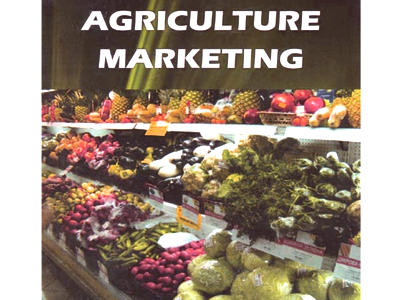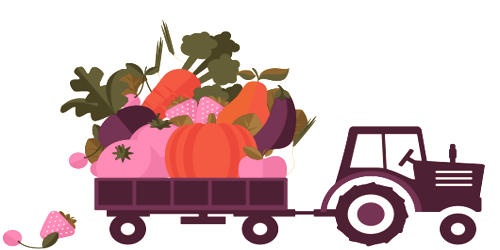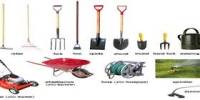Marketing is fundamentally about communicating information to increase demand for a product or service. Effectively gathering and using the information in agricultural marketing poses some unique challenges. Agricultural marketing comprises the marketing of food grain, commercial crops, plantation crops, horticultural produce, and semi-processed products. It covers the services involved in moving an agricultural product from the farm to the consumer. These services involve the planning, organizing, directing, and handling of agricultural produce in such a way as to satisfy farmers, intermediaries, and consumers.
It is a process that starts with a decision to produce a saleable farm commodity, and it involves all the aspects of market structure or system, both functional and institutional, based on technical and economic considerations. Numerous interconnected activities are involved in doing this, such as planning production, growing and harvesting, grading, packing and packaging, transport, storage, agro- and food processing, provision of market information, distribution, advertising, and sale. It includes handling of products at the farm, initial processing, grading, and packing in order to maintain and enhance quality and avoid wastage.

Agricultural marketing techniques are used in every corner of “agribusiness,” including small farms, corporate farms, and collectives; distributors; manufacturers of farm equipment, pesticides, and genetic enhancements for crops and livestock; feed and seed sellers; and more. Additionally, there are also government agencies that monitor and direct agribusiness practices. At the primary stage, the farmers deal with local farm product buyers. Then the farmer may associate marketing with loading the products into the pickup for the trip to the market. Sometimes, they are calling of local elevators so that they can determine which is offering the highest price for grain. The ultimate target for agricultural marketing practices are those who actually buy and eat the farm produce. As this consumer base represents nearly everyone, marketing campaigns often focus on one segment of the population at a time. People from different regions, as well as different cultural and socioeconomic backgrounds, tend to purchase different foods.
Agricultural marketing comprises the marketing of food grain, commercial crops, plantation crops, horticultural produce, and semi-processed products. Effectively, the term encompasses the entire range of supply chain operations for agricultural products, whether conducted through ad hoc sales or through a more integrated chain, such as one involving contract farming. Economists have divided the market in different manners based on the frequency with which they are held, the type of products traded, the scale of the transaction, and the kind of marketing functions performed.
















